
Singularity
¥220.63
This volume represents the combination of two special issues of the Journal of Consciousness Studies on the topic of the technological singularity. Could artificial intelligence really out-think us, and what would be the likely repercussions if it could? Leading authors contribute to the debate, which takes the form of a target chapter by philosopher David Chalmers, plus commentaries from the likes of Daniel Dennett, Nick Bostrom, Ray Kurzweil, Ben Goertzel, Frank Tipler, among many others. Chalmers then responds to the commentators to round off the discussion.
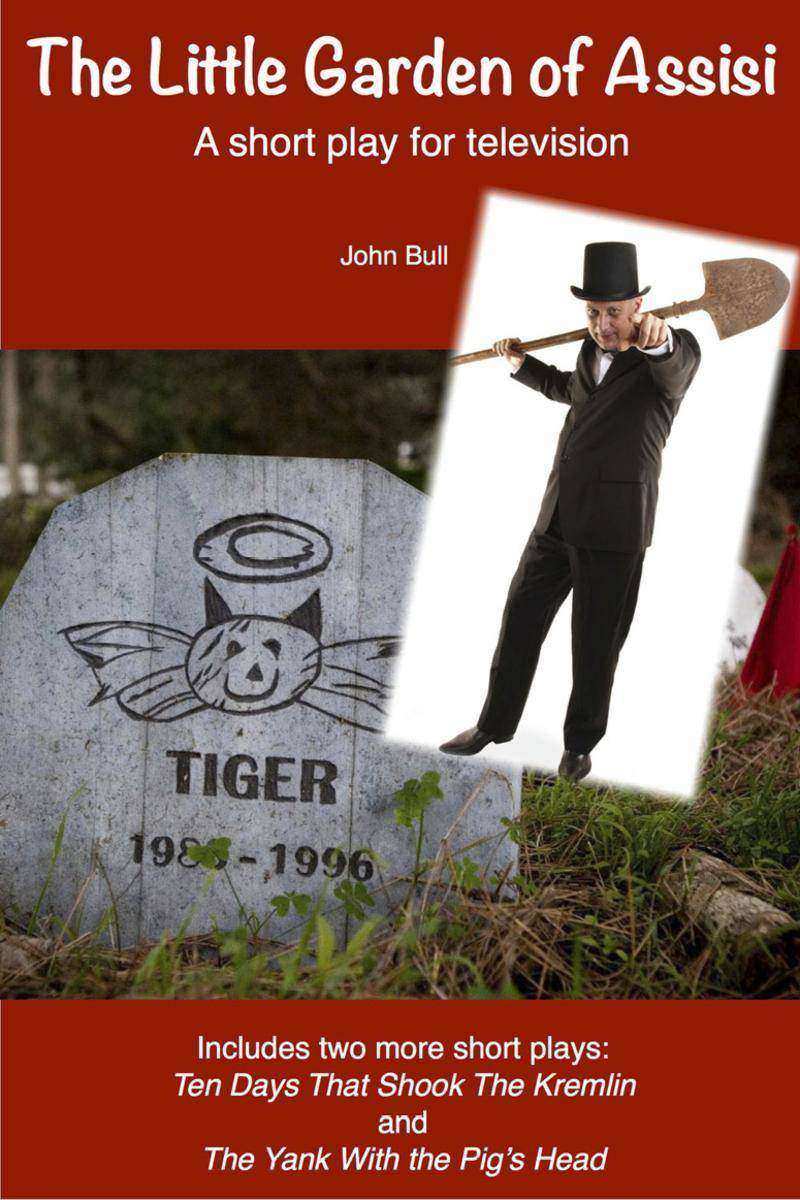
Little Garden of Assisi
¥29.33
At the graveside of Chippums - beloved pet of Mrs Tarleton - the unctuous proprietor of The Little Garden of Assisi is the model undertaker, consoling the bereaved owner and reassuring her of the dog's happy existence in the afterlife. But when the mourners have gone, it's a very different story. Happy to continue to dupe unsuspecting customers, and pocket the rewards, Dribone seems to lead a charmed existence: until the Mayor arrives with a very curious request. The Little Garden of Assisi is one of three twenty-minute comedies for television in this ebook: the others are Ten Days That Shook The Kremlin, and The Yank With the Pig's Head.
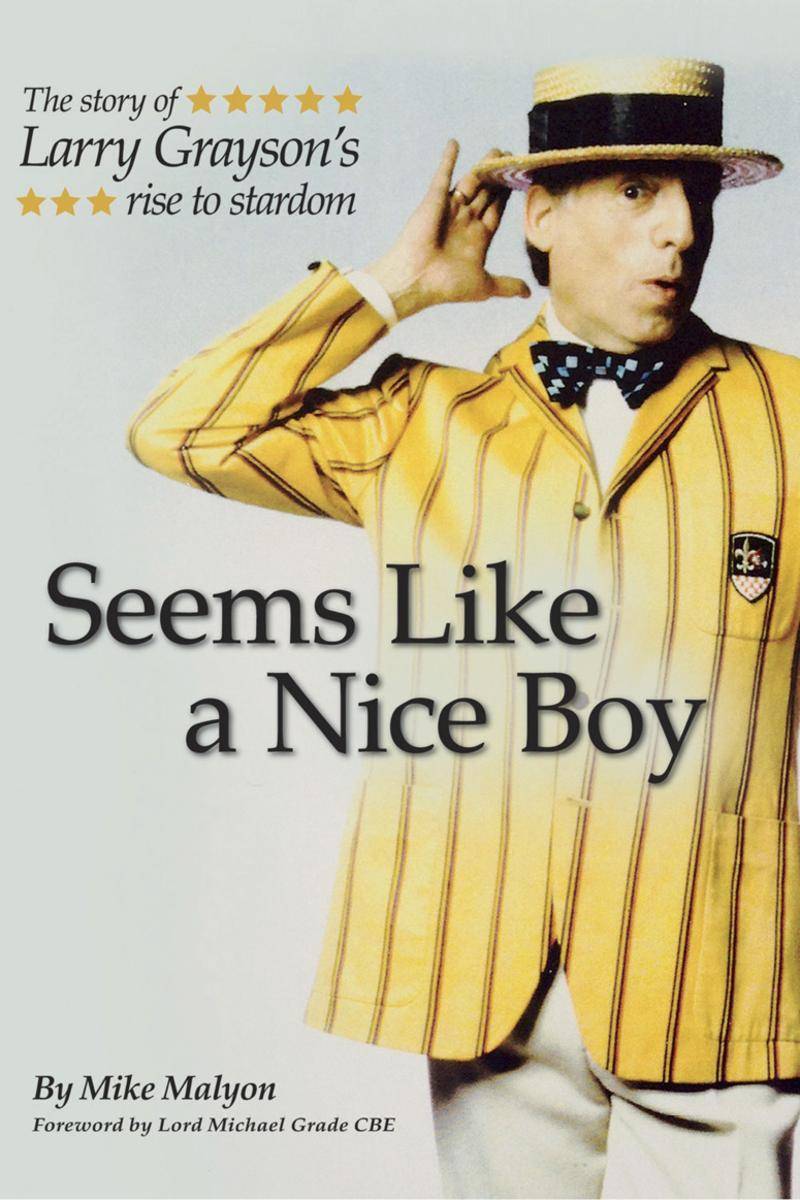
Seems Like a Nice Boy
¥48.95
The name Larry Grayson will be instantly recognisable to anyone who can remember the 1970s when his catchphrase 'Shut That Door' was on everybody's lips. However, Larry's rise to fame was slow in coming, born of years of perfecting his craft in clubs and theatres across the country. This biography details Larry's early life, how he was handed over as a baby to a miner's family in mysterious circumstances and brought up by his beloved foster sister, Flo, who was to become his lifelong companion. As a boy, encouraged by Flo, Larry would perform comedy routines for his school chums, standing on a tin bath in a wash-house yard, and he took his first steps into showbiz as a teenager with a local concert party. Seems Like a Nice Boy describes how, after a long career, Larry was eventually spotted by a top agent and set on the road to stardom, not only on stage but on television. Larry went on to host The Generation Game, attracting weekly audiences of around twenty million viewers and bringing Larry the kind of fame that he had always dreamed of. This fascinating book reveals how Larry Grayson's determination to succeed turned him into one of Britain's best-loved entertainers. This is a must-have read for Larry Grayson fans and anyone who enjoys classic comedy from a bygone age.
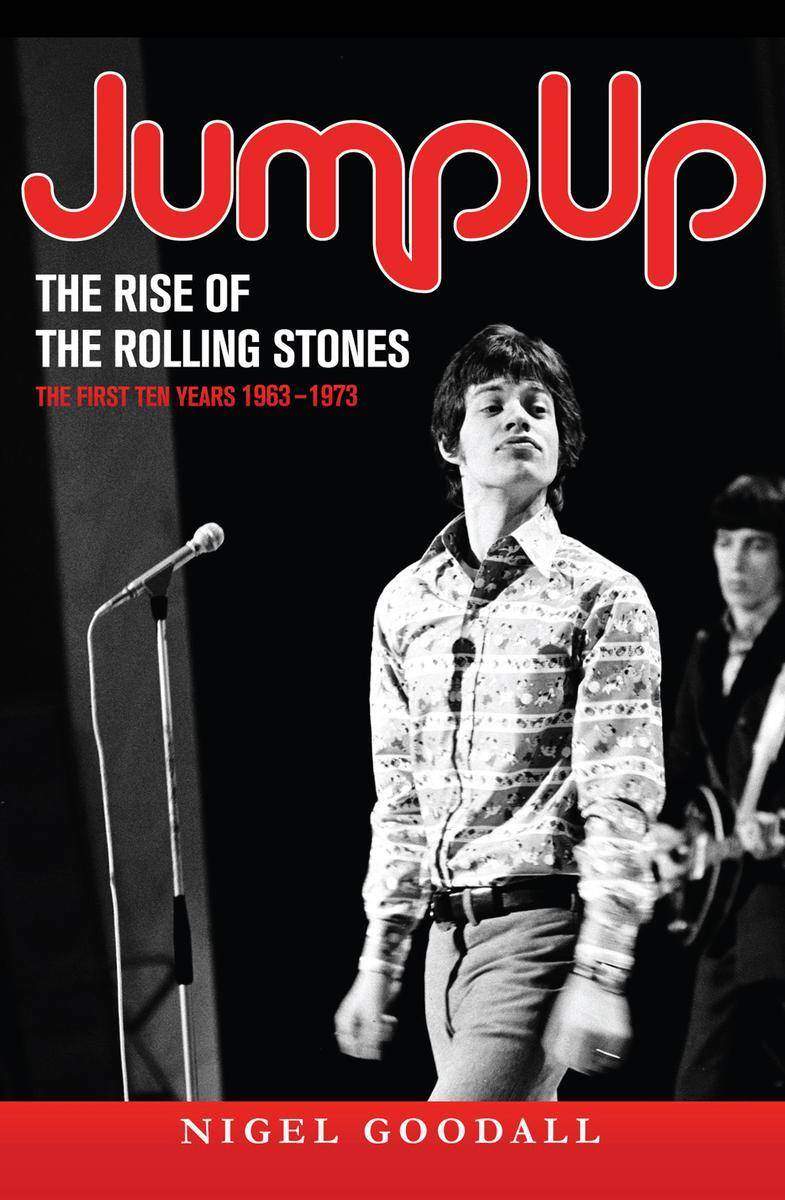
Jump Up - The Rise of the Rolling Stones
¥44.05
Jump Up - The Rise of the Rolling Stones was originally a coffee-table illustrated softback that traced the band's first ten years from 1963 onwards. Now available in digital format for the first time since it was published in 1995, the book, taken from author Nigel Goodall's original unedited manuscript, assembles an amazing picture of the first decade of the 'Greatest Rock 'n' Roll Band In the World' - and includes details of previously unheard interviews with the Stones and with all those that knew and worked with them during the period the book covers. Hailed as one of the first biographies to potray a vivid and dramatic telling of the early life and career of the band, the book covers everything from Jagger and Richards meeting on Dartford Railway Station to the early days of playing West London blues clubs, the package tours, the drug busts, the women, the death of Brian Jones, the beginning of the sticky 70s and the major stadium gigs.
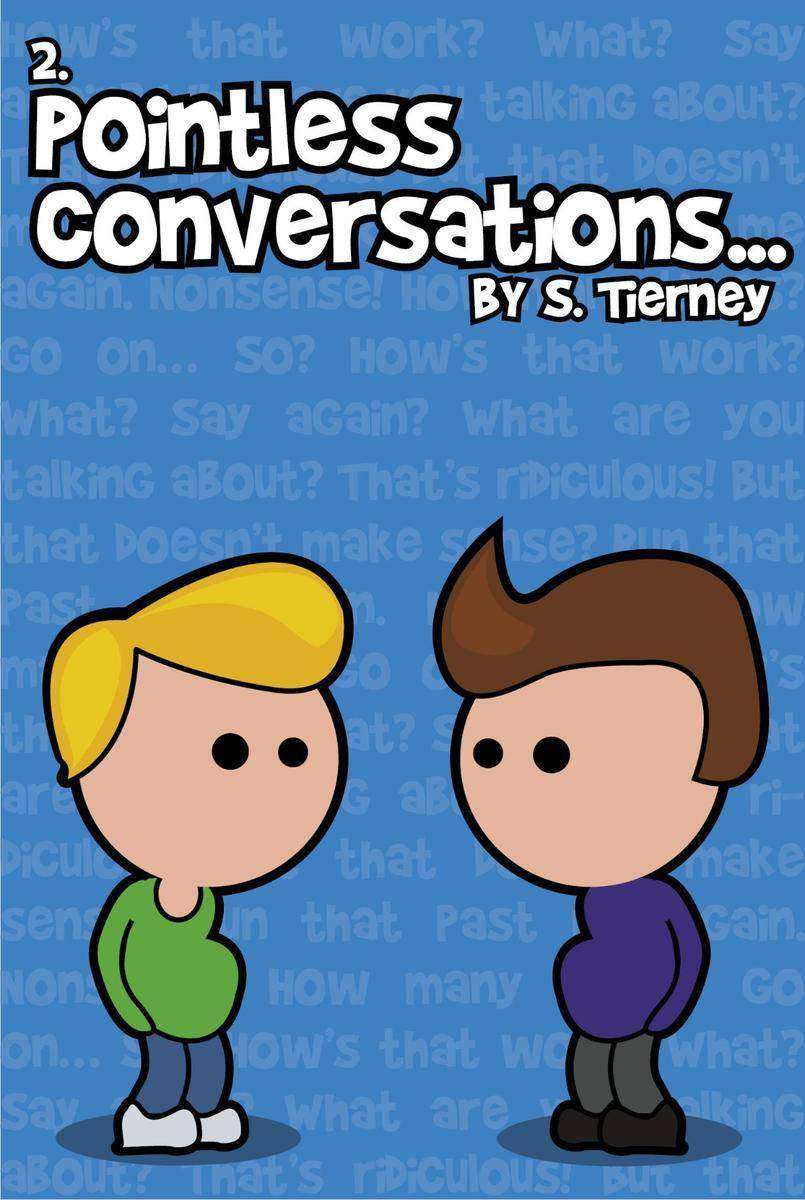
Pointless Conversations
¥19.52
Pointless conversations: a selection of daft, ridiculous and utterly pointless meanderings from the mind of Scott Tierney. If you've ever wanted to know the answers to why Superman is a coward; why Spiderman should technically be deformed; and if Superdog caused the death of Krypton, then these bite-sized comics will reveal all. The discussions may be insane, and most of what is said is rambling, but despite this, you may find yourself agreeing with most of what is said. It's a fair point: where does Spiderman store all that web?
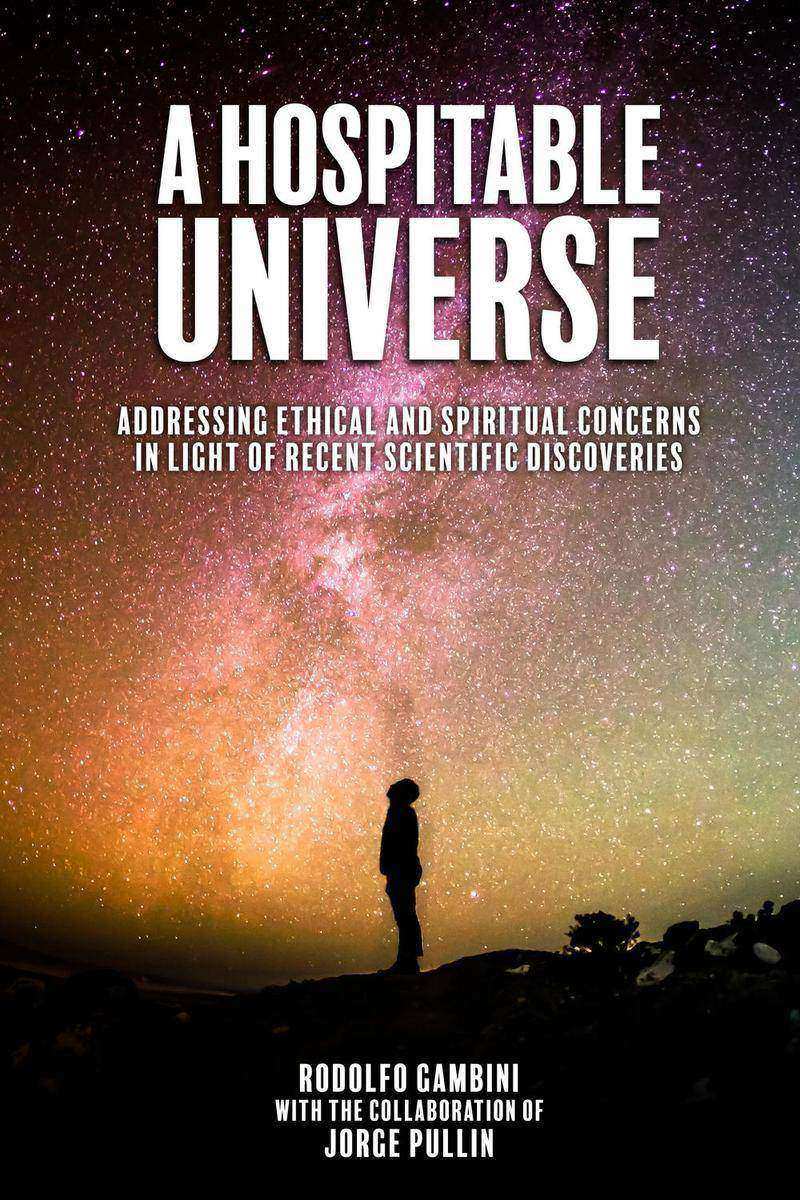
Hospitable Universe
¥147.05
This book argues that new developments in the sciences, in particular twentieth-century physics and twenty-first-century biology, suggest revising several pessimistic outlooks for the development of a scientific understanding of the relationship of humans with the universe - in particular, implications for the development of a natural religiousness. In the new vision a universe which is friendly to life and consciousness naturally emerges.
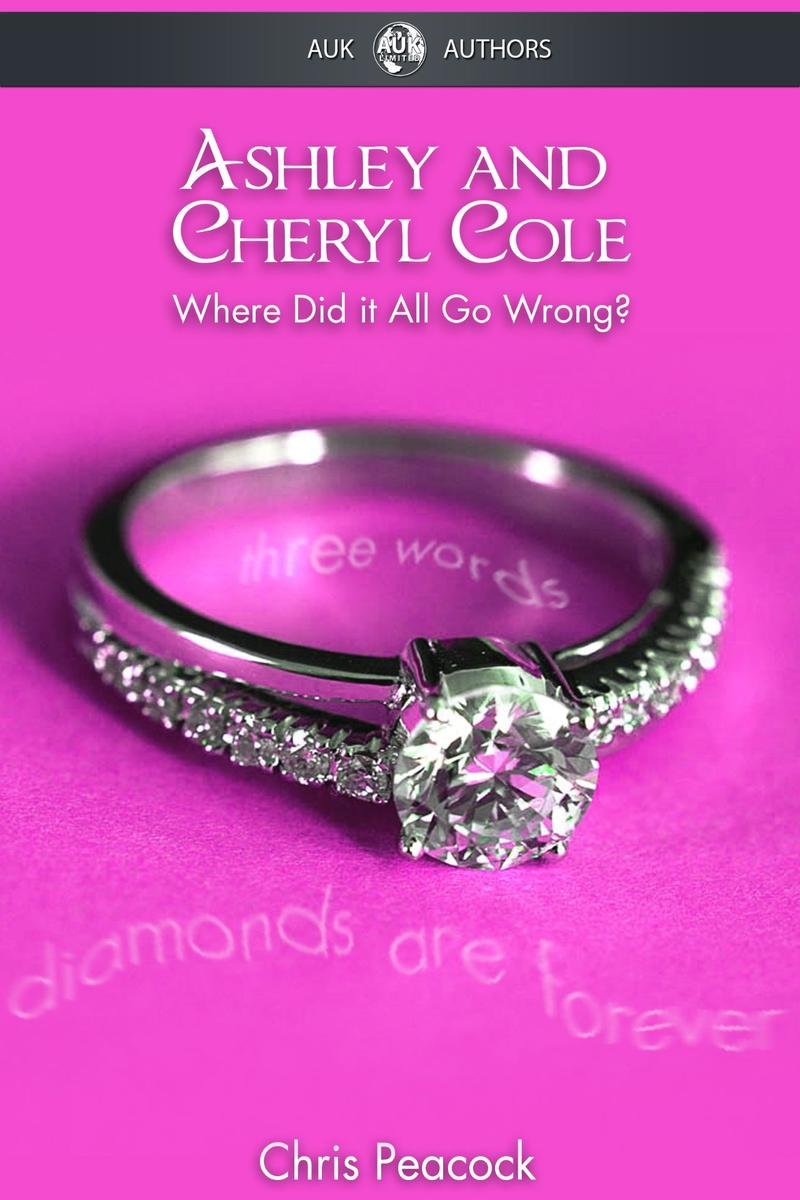
Ashley & Cheryl Cole
¥14.62
Ashley & Cheryl Cole - Where Did It All Go Wrong? is a quick-read biography, focusing on Cheryl and Ashley's relationship, marriage and divorce. It looks at the parallels in their careers, the ups and downs, and investigates Ashley's alleged cheating with numerous women. Ultimately it asks the question 'Where Did It All Go Wrong' - could anything have been done to prevent the break-up, or was the marriage doomed from the beginning.
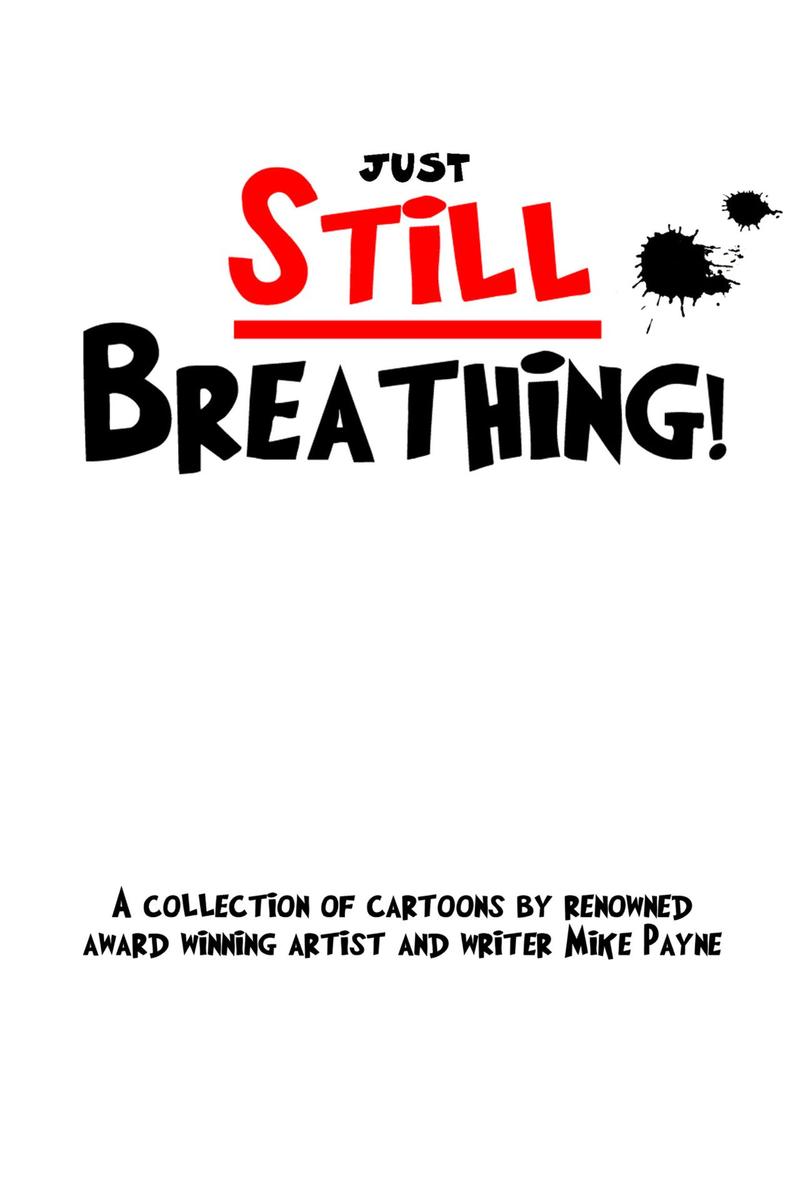
Just Still Breathing
¥39.14
This book is a collection of jokes, wonderfully illustrated by Mike Payne, the original creator of Tatty Teddy. Mike's unique view of the world is shown in a humorous manner, with more than forty hilarious cartoons. Cheeky (but never rude), this book is sure to bring a smile to your face.
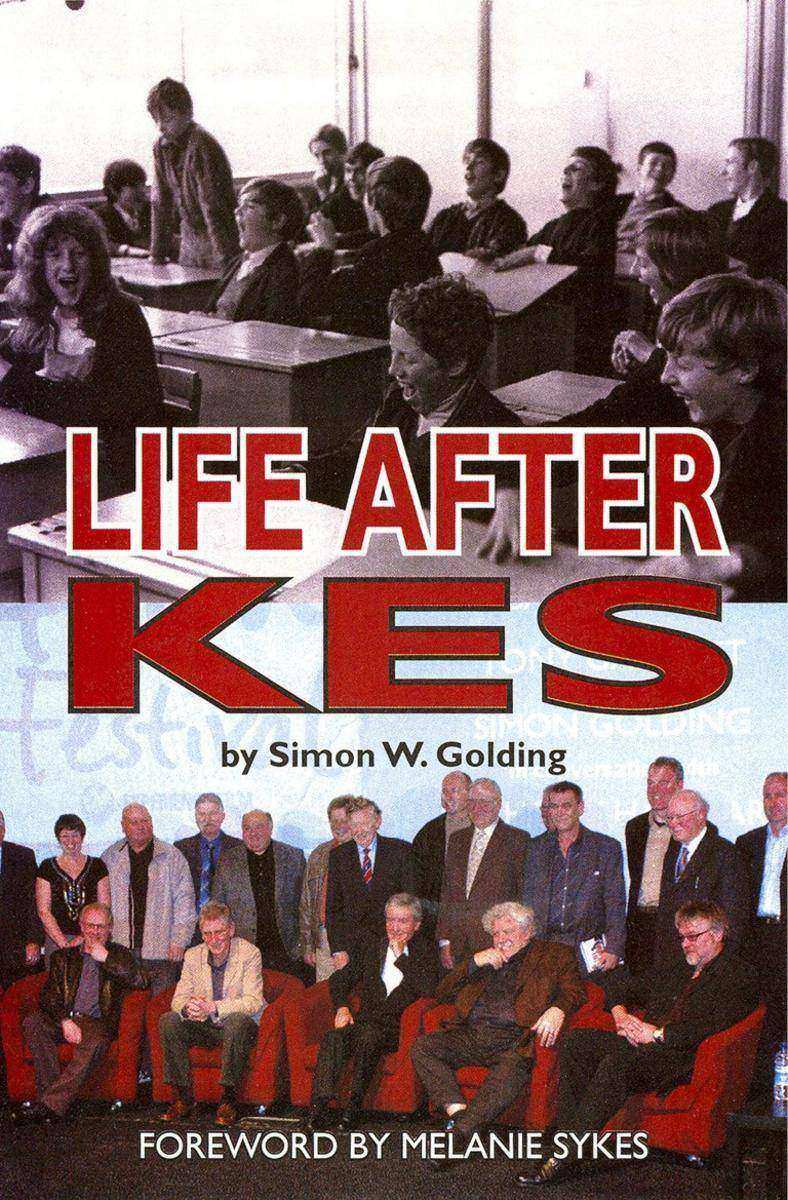
Life After Kes
¥39.14
Life After Kes examines the history and legacy of the 1969 award-winning British film, Kes, about a boy's (Billy Casper) relationship with a kestrel. This fascinating book not only pays homage to the vision and extraordinary talent involved both in front and behind the camera but also looks at subsequent changes in the educational system, posing some important questions. Are we any better off today? Have schools and teaching staff moved forward over the last few decades? Have successive government's learnt anything from the mistakes of the past? Life After Kes explores the lives of the cast and production team since the making of the film including David (Dai) Bradley who played the lead role and examines why the legacy of Billy Casper and the national perception of Kes cast a shadow over South Yorkshire. Does Casper's ghost still haunt this ex-mining community and is director Ken Loach's gritty northern drama as relevant today as it was then? This book is a must-have for all film fans, anyone who enjoyed Kes and all those with an interest in British social history.
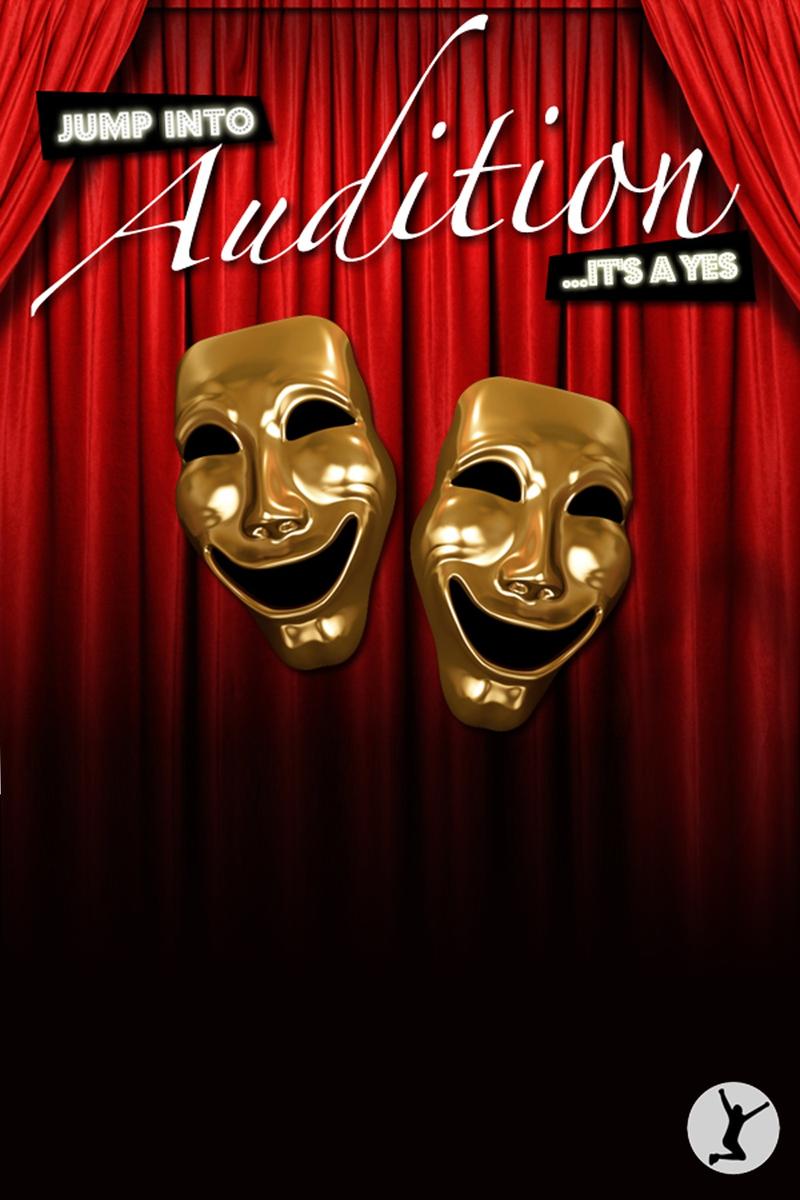
Jump Into Audition
¥29.33
Make it a YES! With so much competition, JUMP INTO AUDITION is the must-have guide for your audition. You only get one chance to make a FIRST IMPRESSION so let it count! FULFILL your POTENTIAL! Learn the art of preparing for auditions, tips on appropriate dress and etiquette and how to CONQUER your nerves. This book uncovers the true procedures and expectations behind auditions, so you will know exactly what to expect before you set foot on the stage. Quite simply, if you want to SUCCEED, make sure you don't attend another audition before reading this book. Including tips from choreographers, theatrical producers, singing coaches and seasoned audition professionals, JUMP INTO AUDITION will ensure you enter your audition fully prepared and ready to give the performance of your life. With sections dedicated to musicals, theatre, talent shows, dance companies and TV/film, specific advice is given for your individual type of audition, covering aspects of movement, microphone handling, supporting musical accompaniment, translation, choice of song and cold reading. There are also specific tips on breathing exercises and vocal warm-up techniques, designed to strengthen your voice and ensure a powerful delivery which will impress the judges.
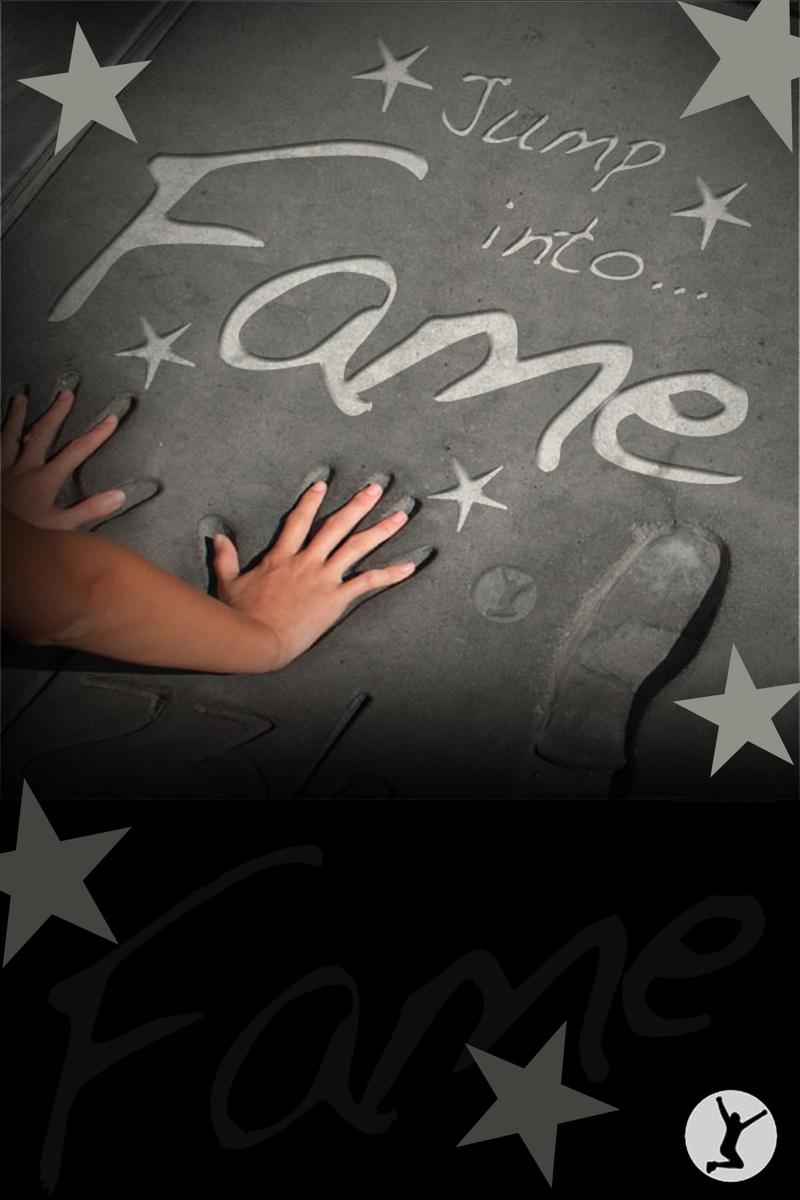
Jump Into Fame
¥73.48
The ultimate guide for breaking into the music industry. You've heard the songs, you went to the gigs, you bought the t-shirts and you read the biographies, but now it's your turn, right? The music industry is seen by many as a direct path to the ultimate party lifestyle of the rich and famous. But there is more to being a successful recording artist than just standing up in front of a crowd and singing, or spending your cash in the glamorous nightspots of London, New York and LA. As an industry that employs thousands of people in producing, marketing, publishing, and promoting musicians, there's a lot of hard work that goes into making recording artists a success. Take a look inside the world of the music business, see how it works and plot YOUR PATH TO FAME! Break down the barriers by knowing how the business works. Knowledge is power and 'Jump into Fame' will help you prepare. In each of these titles you will find advice on the key aspects of the music industry from an artist's perspective, including song writing, rehearsing and choreography to copyright, royalties and merchandising. This eBook covers a series of topics you will need to understand and address within the music industry. Save yourself a lot of time by preparing professionally and with a clear understanding of what's involved. Learn what to expect from others and also, importantly, what the music industry expects from you. Beyond the traditional image of sex, drugs and rock n' roll there is a whole industry generating tens of billions of dollars worldwide, so what does it take to become a part of it? Read advice from professional musicians and choreographers, and get to grips with the basics of the business side of the music industry. Learn about the mysterious rules of music copyright and find out where exactly your riches will come flooding in from with our section on royalties. Get yourself noticed by making your own music video, and protect your assets by retaining ownership of your material, seeking advice from the Musician's Union on the way. Learn how to put together the professional support team you will need. Many of the decisions you make now will be crucial to your chances of success in the future. With so many pitfalls you need to be aware of how the industry works, what to look out for and how to make yourself stand out from the crowd. If you're serious about making a career from your talent, then jump in and take the first step on the road to fame!
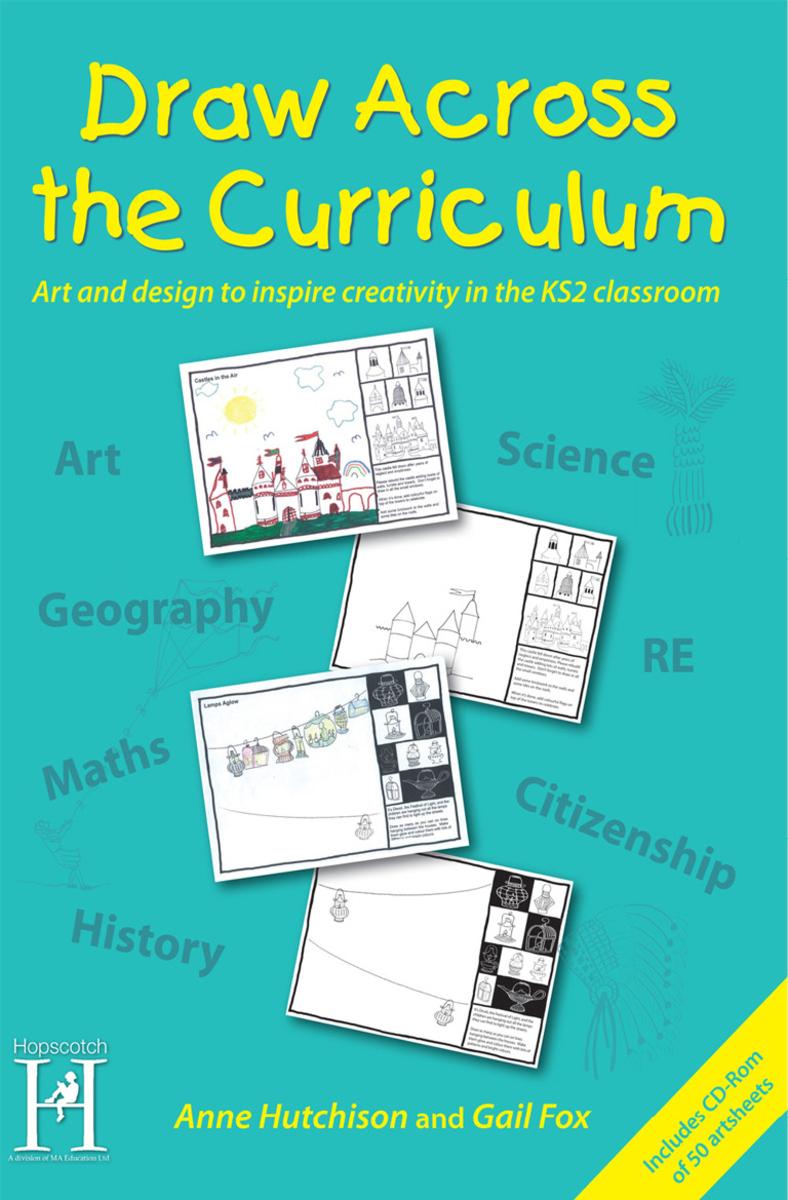
Draw Across the Curriculum
¥147.05
Draw Across the Curriculum is a collection of 50 photocopiable art worksheets, designed to provide a handy cross-curricular drawing resource for the busy primary classroom teacher. Perfect for getting pupils to put pencil to paper, this collection of artsheets is brimming with humorous designs to copy and patterns to make.
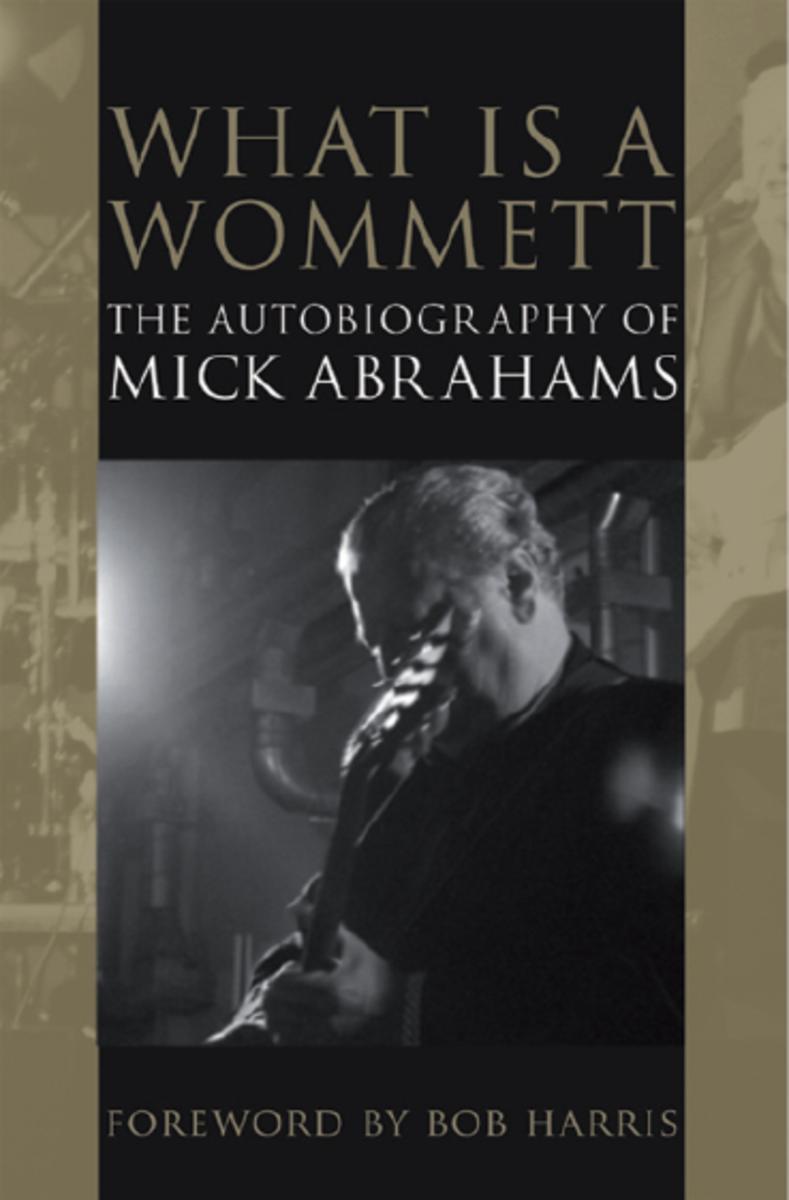
What is a Wommett?
¥73.48
Mick Abrahams first rose to fame as a guitarist during the 1960s and was a founder member of Jethro Tull, although his time with the band was to prove short lived owing to the vividly contrasting musical styles of himself and Ian Anderson. In his autobiography What is a Wommett Mick finally puts the record straight about this parting of the ways and the events that have shaped the man and his music since that time up to the present day. Perhaps best known for his time with Blodwyn Pig, the band he formed after leaving Tull, Abrahams has continued to delight fans with his own brand of blues, jazz and rock on highly acclaimed albums spanning several decades. With a fitting foreword by radio presenter and champion of great music, Bob Harris, this autobiography provides a fascinating insight into the character of an upbeat man who hasn't allowed anything to keep him down for long. Packed with anecdotes and stories about Mick's life in and out of the spotlight, this book is a must have for his fans and anyone who remembers the excitement of the emerging new musical talent of the sixties.

Life as a Chelsea Headhunter
¥88.19
Optical illusions are the stuff of magic - harmless entertainment conjured up to both enthral and amaze, aren't they? Well, maybe not, as it's not quite so amusing if the 'stunt' takes the form of an episode of the BBC's 'groundbreaking' documentary series MacIntyre Undercover on organised football hooliganism, the wizardry is conducted by unscrupulous investigative journalists posing as big-time drug dealers, and as a result the unwitting participant in the trick, avid Chelsea supporter Jason Marriner, is charged with conspiracy to commit violent disorder and affray, together with his friend Andy Frain, and Jason ends up with a six-year jail sentence for a crime he didn't commit. This is Jason's chance to put the record straight, present the facts from his own perspective and challenge the reader, who may well have been one of the 7.4 million documentary viewers, to decide whether the programme actually revealed the 'ugly face of football violence', or indeed showed him plotting or committing any violence whatsoever, or whether the original 344 hours' worth of footage, secretly filmed over a period of 18 months, were distorted beyond recognition by cutting, editing and stitching together clips from the original sequences to achieve the programme's aim at any cost. Jason would be the first to admit that in the past he had been a 'nuisance' on the terraces, but this was the late 1990s and, with a wife, children and his own business, he had done a lot of growing up and moving on. Fortunately, he had also developed the strength of character needed to survive in prison with humour, dignity and determination, and he shares his insights of life behind bars as he tried to work with the system, despite the knock-backs, in order to make it work for him in return. 'Good will always follow bad' is Jason's admirable philosophy about his experiences, but this shocking real-life story serves as a warning to all: this could so easily happen to you.

Rihanna Quiz Book
¥24.43
Are you a Rihanna fan? Do you know the lyrics to all of her songs? Can you name her albums? From releasing her debut album at the age of 17 to becoming one of the best selling artists of all time, Rihanna is one of the biggest success stories in recent pop history. But how much do you really know about your favourite star? Find out in this fascinating quiz book. Where did Rihanna grow up? How did she get started in the music business? What was the name of the person who discovered her? The answers to all of these questions and more can be found in this book. Brim full of interesting facts that cover all aspects of the multi-talented singer-songwriter's life, from her early successes to chart topping hits including many personal details such as her nickname, favourite colour and the names of her best friends, you are certain to learn something new about the international singing sensation in The Rihanna Quiz Book. There is only one Rihanna and this is the must-have quiz book for all of her fans.
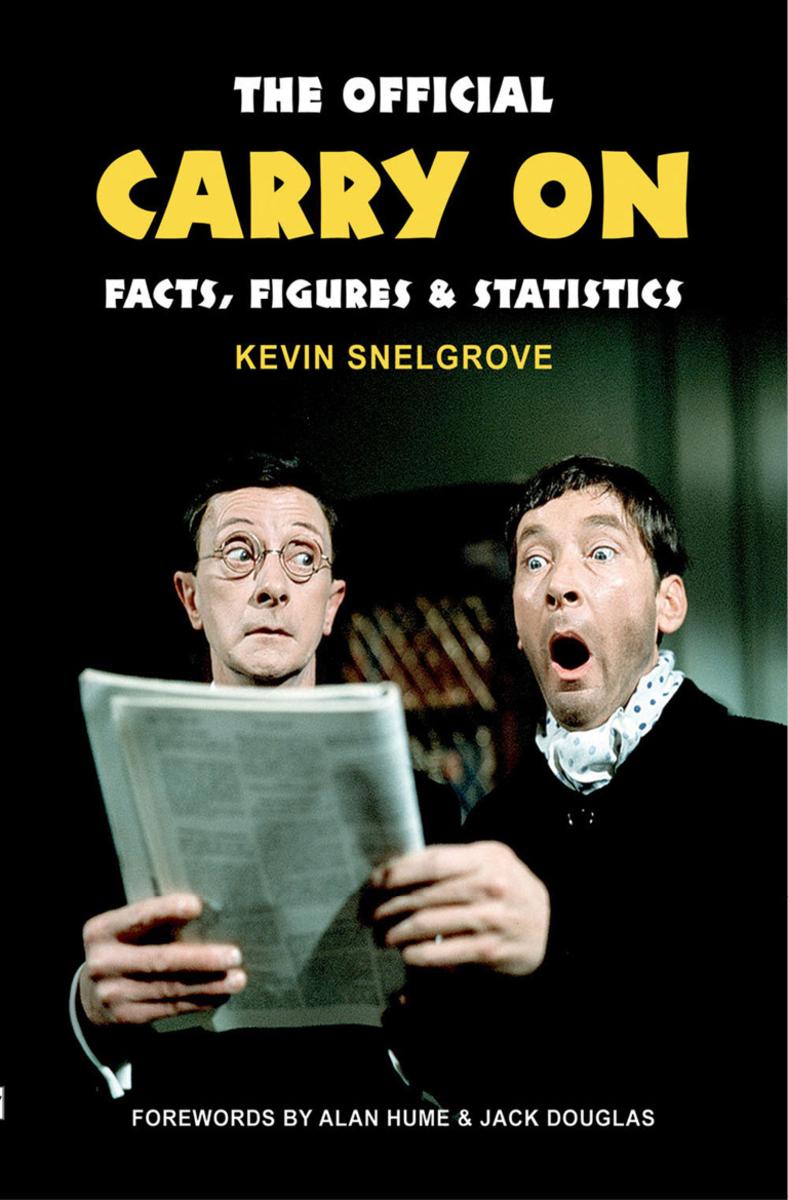
Official Carry On Facts, Figures & Statistics
¥73.48
Little did anyone know, back in 1958 when the first Carry On film, Carry on Sergeant, was produced by Peter Rogers and directed by Gerald Thomas, that 50 years and 31 films later Carry On would have become such a well-loved British comedy institution, and one that continues to have people rolling in the aisles. And what better way to celebrate Carry On's 50th anniversary in 2008 than to dazzle Carry On fans with this incredibly well-researched treasure trove of information, including technical data about each film, interesting facts about every member of the Carry On team and every conceivable statistic that you could ever imagine. With forewords by Carry On cameraman Alan Hume and actor Jack Douglas, and peppered with photographs and actors' anecdotes and memories, this book is an absolute must for every Carry On aficionado.
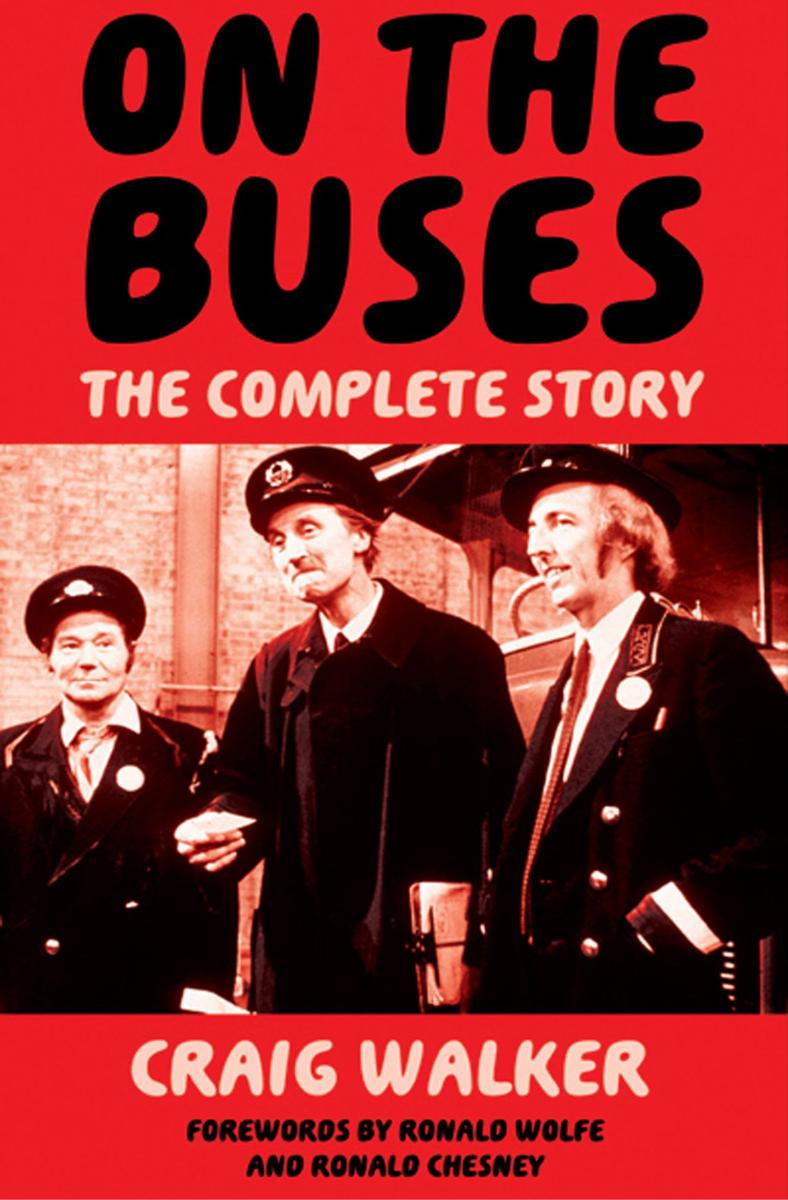
On The Buses
¥68.57
On The Buses was a classic British situation comedy, created by Ronald Wolfe and Ronald Chesney, which ran for seven series from 1969 to 1973, and introduced a host of much-loved memorable characters. The series followed the ups and downs of life on the buses as portrayed by two work shy-busmen, Stan Butler (played by Reg Varney) and his mate Jack Harper (Bob Grant) as they invented new scams to wind up their long suffering boss, inspector Cyril Blakey Blake (Stephen Lewis). This book tells the whole 'On The Buses' story from its inception through to the three spin-off feature films it spawned. It includes details of cast, crew, locations and the many famous faces and catch phrases which made-up one of the most popular sitcoms ever to appear on our TV screens. On The Buses aired in an era where entertainment was unrestrained by politically correct rules but hilarious scripts and quality acting guaranteed the series a legion of loyal fans around the globe. This book is a must have for anyone interested in learning more about On The Buses an example of British sitcom at its best.
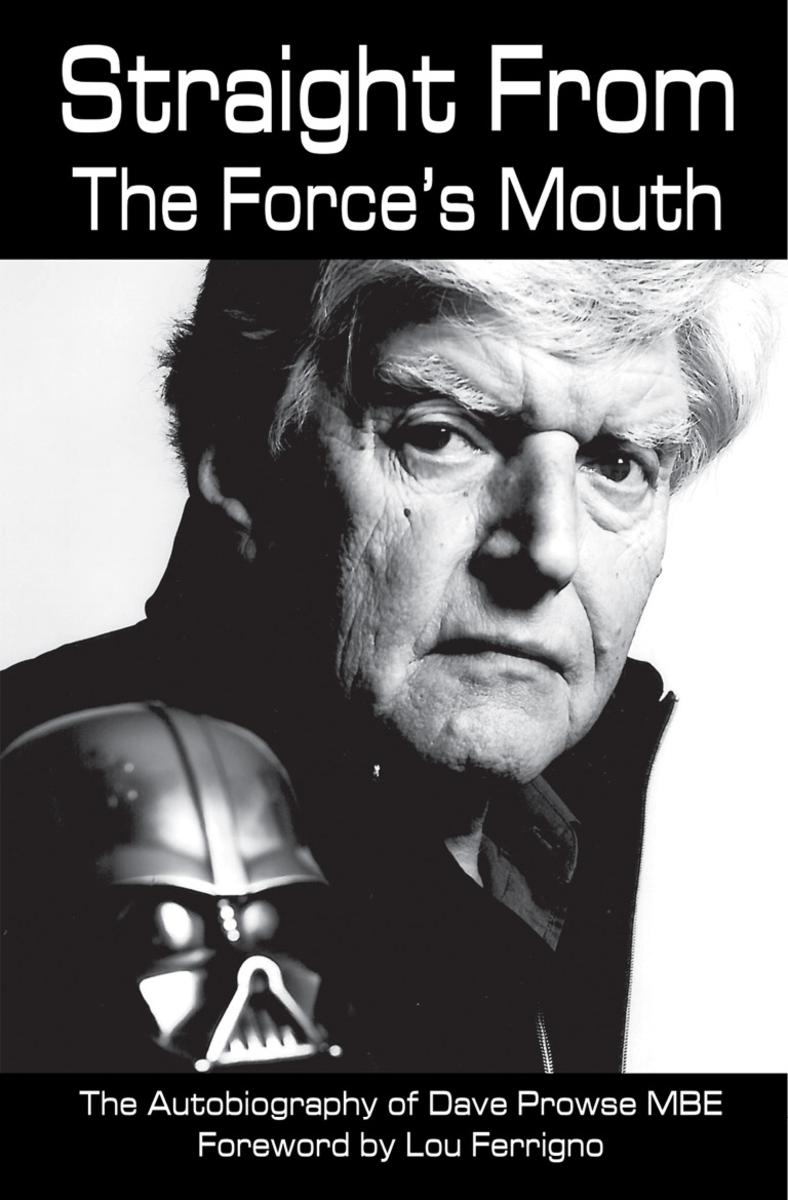
Straight From The Force's Mouth
¥88.19
Everyone has heard of Darth Vader, the infamous Star Wars villain we all love to fear, created by George Lucas and brought to life by Dave Prowse MBE, but people may not be so familiar with the story of the multi-talented man behind the mask. It required someone exceptional to turn a helmeted costume into the principal character in the highest grossing film series in cinema history - that someone was Dave Prowse. The towering, physical presence of the 6ft 7"e; bodybuilder was ideally suited to personify the intimidating Darth Vader. Straight from the Force's Mouth takes us behind the scenes of Star Wars and documents how this extraordinary man took on the role of the menacing central character to creating one of the most iconic villains in cinema history. In this book of memoirs, Dave shares his journey from disadvantaged child and poor student to champion weightlifter and international film star. The Dave Prowse story is one of determination and hard work and in this honest account he explains how he overcame the many setbacks in his life to achieve success and global recognition. This book is a must have for Star Wars fans of all ages and will appeal to anyone who enjoys a truly inspirational and motivating real life story.

Great Train Robbery Quiz Book
¥19.52
The Great Train Robbery is one of the most well documented crimes of all time but how much do you really know about what happened on that fateful day in 1963 and in the years beyond? This new quiz book will tell you everything you ever wanted to know about the Great Train Robbery and the people involved.How many train robbers escaped from prison? What was the robbers' hideout called? Who was the first '30-year sentence' train robber to be released? The answers to these brain teasers and more can all be found inside The Great Train Robbery Quiz Book.With 100 questions all about the people involved in the robbery, where they are now, the detectives, Judge, books, films and TV programmes, this is a comprehensive guide to the most talked about UK heist in history.With 2013 marking the 50th anniversary, there is still a great deal of interest in the Great Train Robbery and if you would like to know more, this book is all you need.
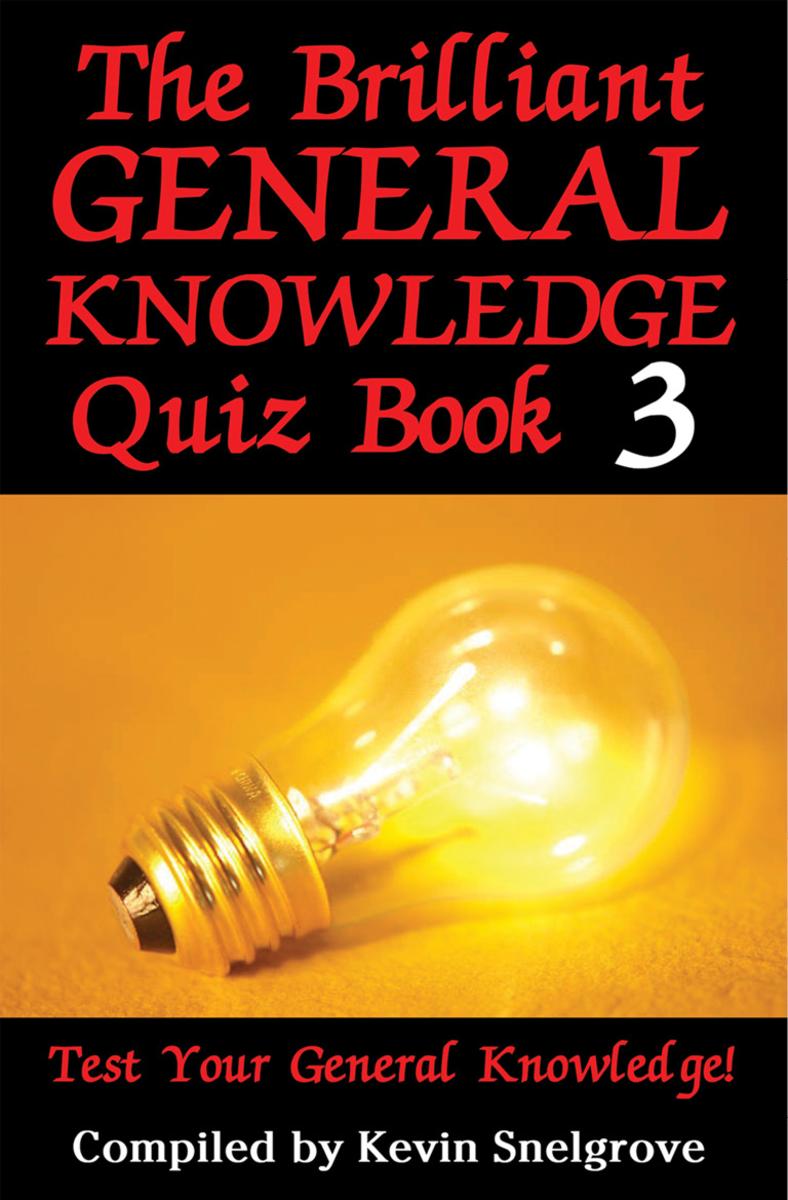
Brilliant General Knowledge Quiz Book 3
¥24.43
In what year did Concorde 001 first take off from Toulouse? What did the African country of Zaire change its name to in 1997? What popular sweet was invented by Frank Fleer in 1906? If you would like to know the answers to these brain-teasers and more like them take a look at The Brilliant General Knowledge Quiz Book.Find out how much you know about everyday things and the world we live in with the 100 testing questions in this book. Full of interesting facts and covering a range of topics including sport, history, geography, science, films and celebrities, this book provides a fun and easy way to learn. Whether you want to help the kids with their homework, challenge your friends or set the questions for the next pub quiz, this book is just all you need to improve your general knowledge. So if you have always wanted to know who invented the World Wide Web or the number of players in a water polo team this is the book for you.

A-Z of Atari 2600 Games
¥19.52
The A-Z of Atari 2600 Games: Volume 1 features reviews of three different games for each letter of the alphabet. The games range from the very earliest releases in the 70s to the modern homebrew games of today. This book shows you just how diverse the library of titles is for the Atari 2600 and how it became one of the best-selling consoles of all time.




 购物车
购物车 个人中心
个人中心



